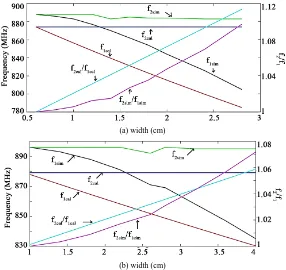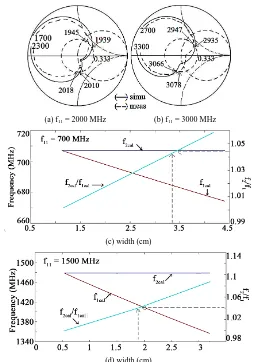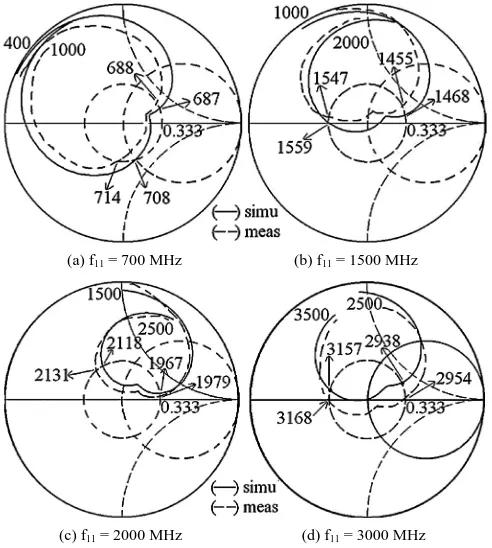On the Design of Slot Cut Circularly Polarized Circular Microstrip Antennas
Full text
Figure
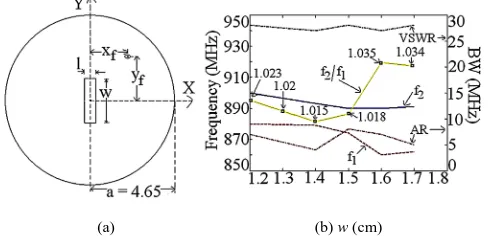

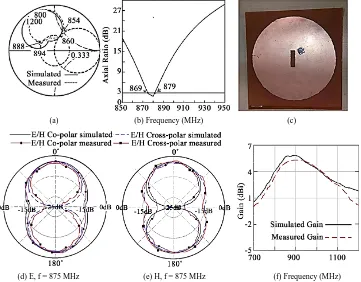
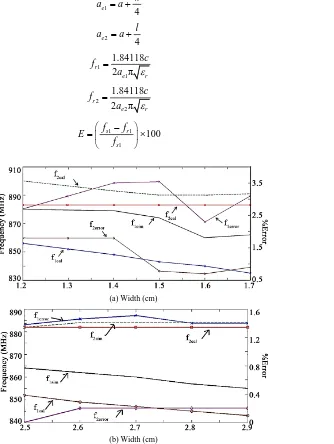
Related documents
The first main focus is on identifying and locating input validation vulnerabilities by analyzing statically the source code of web applications, using taint analysis with
Figure 2-10: Experimental displacement, velocity, strain, and strain rate for an AA5182-O specimen formed with 7.5kV in free forming.. Image from Rohatgi
The numerical analyses are carried out by using the ABAQUS finite element program on a design criteria condition and aging condition considering material properties
In particular, it is shown that using frequency- domain pre-equalization can provide benefits in terms of the reduction in the required optical transmit power for a
The aim of the present work is microstructural investigation of optimized Friction Stir Welding butt joint between AA 6082-T6 and Soft Steel/Mild SteelI.
Bodai et al., 2018 Drosophila small ovary gene is required for transposon silencing and heterochromatin organization, and ensures germ- line stem cell maintenance and
In addition, physiological similarities between growth and mortality in resprouting plants suggest that a scaling approach may provide a predictive and mechanistic basis
The major purpose behind utilizing EBG structures in Microstrip Patch Antenna is to attain enhanced gain, effectiveness and isolations amongst array elements by restraint
